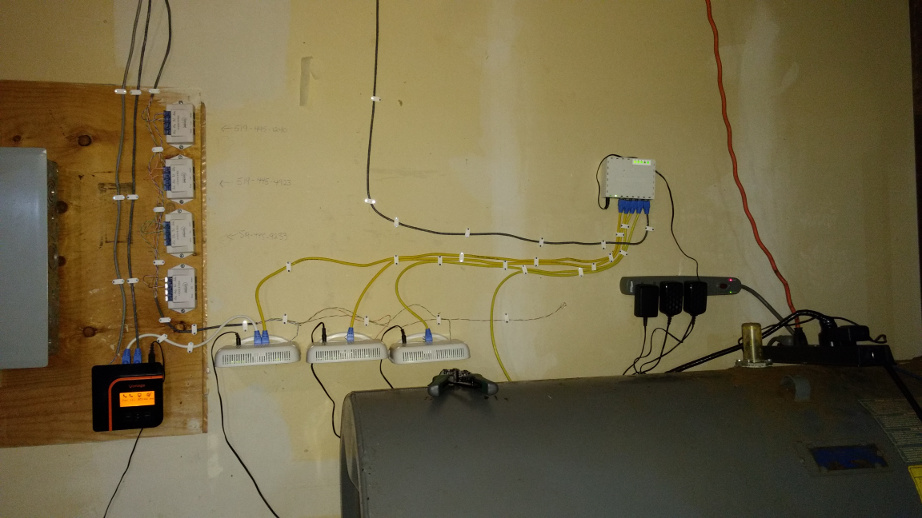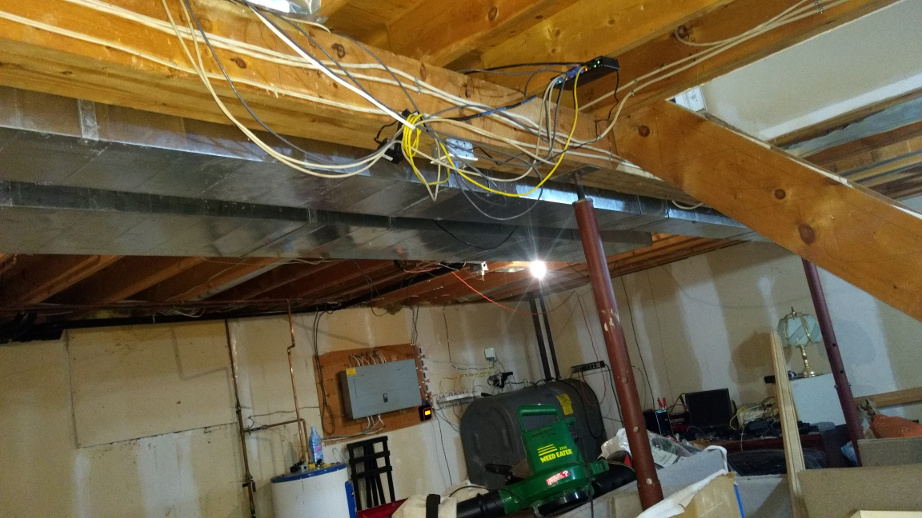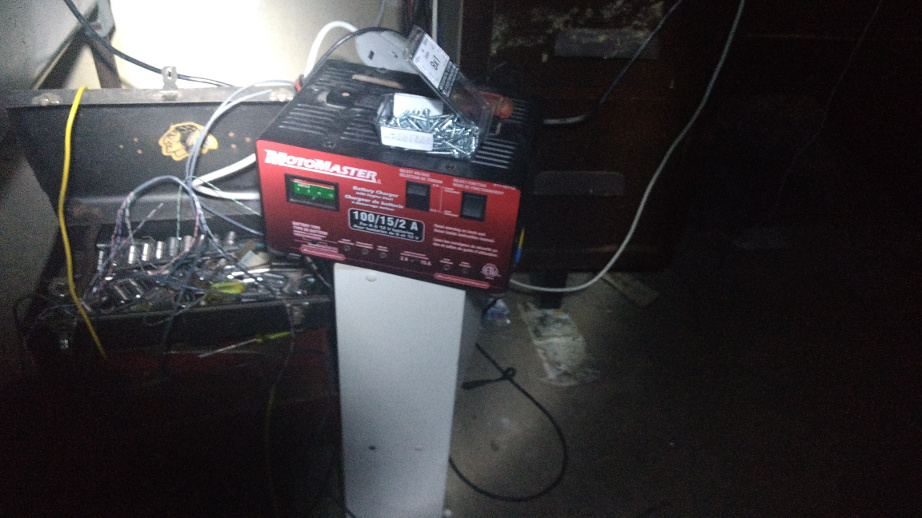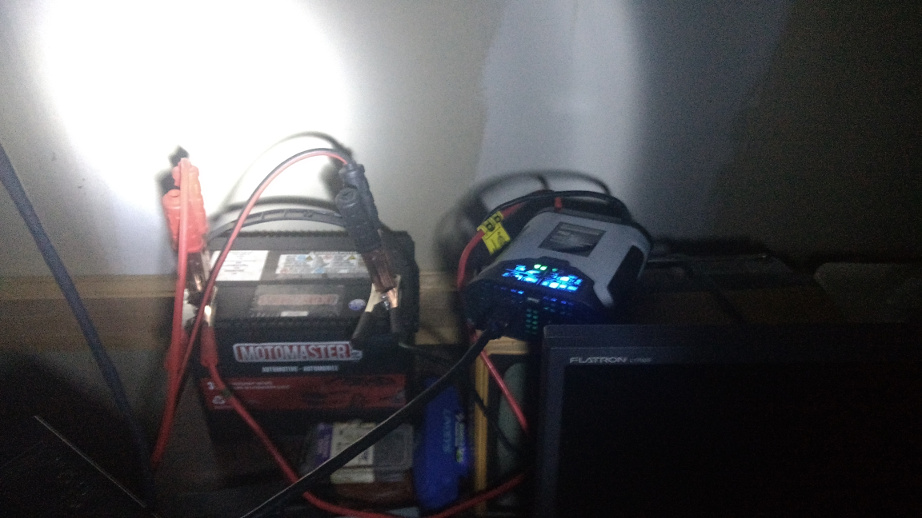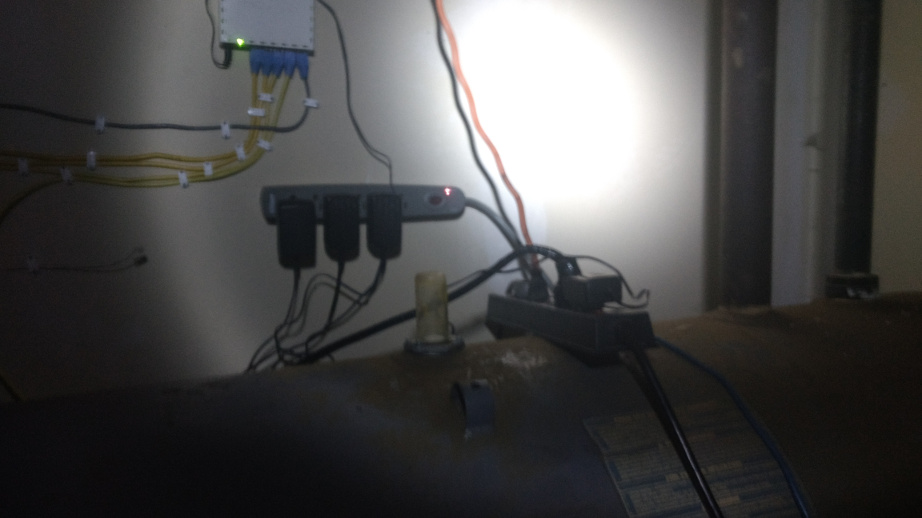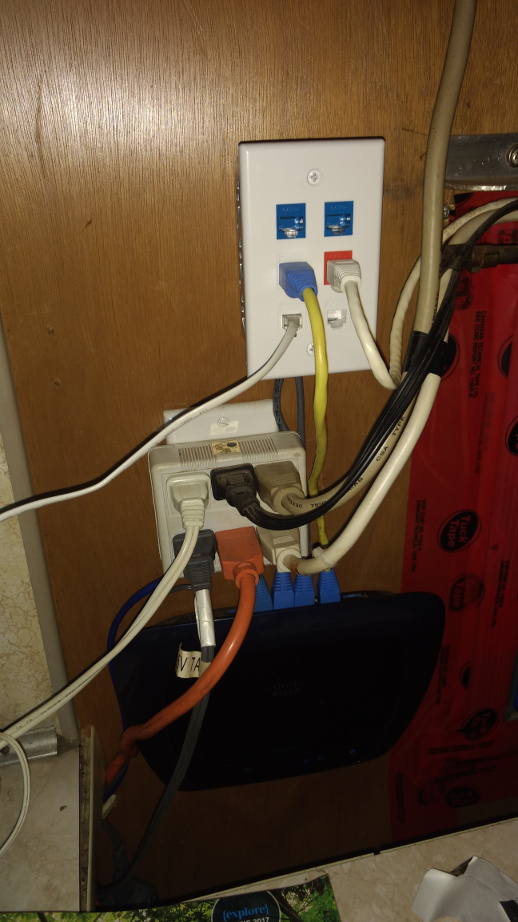I'm very glad that I have my back ups… Yesterday, we had another outage, which set the record for the SHORTEST outage that we've had here in the last 2 years, at only 7.5 hours of down time. I was very confused because Bell was finally getting around to installing line 4, and we were both communicating with my modems, no problem... Me through my internal WiFi network, and the Bell tech through their own internal tools. When I walked out the back door, the power was still on. Just as I walked around to the front of the house, my roomie was pulling up into the driveway, but by the time my roomie got into the back door, there was no power, but we were still interfacing with my network. I looked up at the meter just above us, and sure enough, the meter was out. If he couldn't communicate with the modems, he'd of been unable to complete the install, and I had already been waiting for FOUR MONTHS for the line to be installed because there are only 3 pairs of wires that run across the street to service my house, all three of which were in use. There are now NINE pars that run to the house, so I can still get faster and faster if I need to. :hehe:
I'm very glad I have that automatic backup system because after the sun set, the temperature dropped to -1 C outside. That didn't stop me though... Remember... The internal network, INCLUDING the underground line that leads the phone lines and network into the trailer is powered by that battery pack in the basement. So... I took the 750W inverter that I originally was using and used it to make a home made, weather proof, mobile generator. 750W isn't enough to power the 1500W electric heater, however absolutely everything else in the trailer including the stereo will run at an absolute MAX of 375W thanks to the magic of all LED lighting (except the addition of the new flood light, which uses 150W), so the whole trailer can be powered off of that 750W power source.
Now, you would think that one would have a rather limited battery life (like a few short hours) on just plain battery power, but that's where creativity comes in. I first started using my car this way the winter I spent in the house with no electricity service whatsoever in the -45 weather.
Take a 2003 Nissan Sentra XE, 1.8L DOHC L4, and a pair of jumper cables. Connect the jumper cables to the battery, then close the hood slowly so that it only latches down the safety latch, but not all the way. This will keep the engine and electrical guts from getting wet or snowed on. Then, you feed the jumper cables into the car under a door (in this case, I chose driver's door).
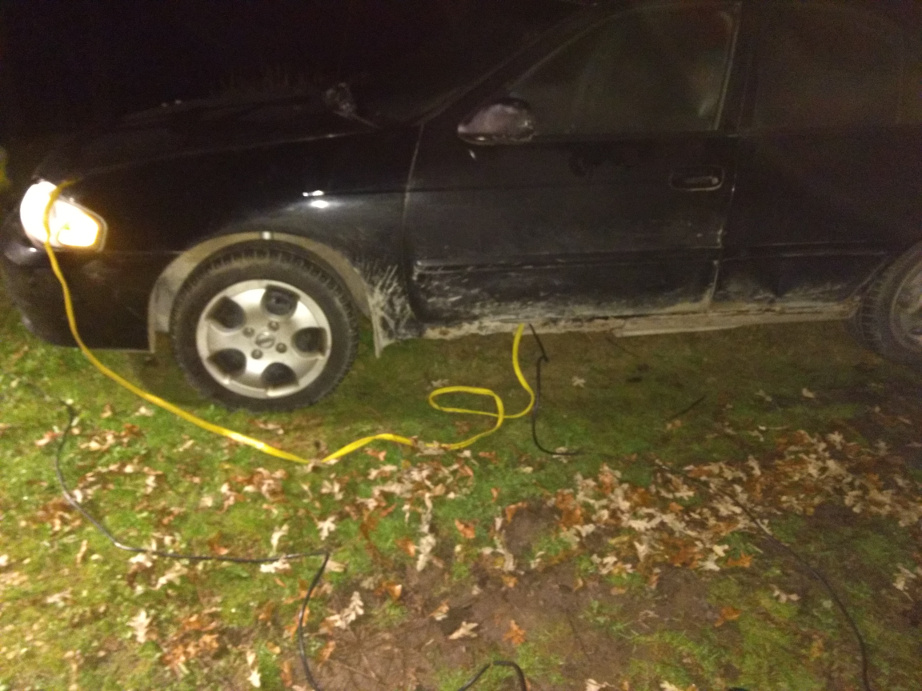
Then… You set the ends on the seat and make sure they won't touch each other (remember... low voltage DC is VERY forgiving), and attach the 750W inverter to the ends of the jumper cables. Start the engine so that the alternator can run the inverter and keep the battery fully charged (and will continue to do so for up to 48 hours on a single tank). Then, simply turn on the inverter and presto.... a two plug 750W weather proof generator on wheels, and all the electrical connection points that could be of any concern are all inside a self-contained weatherproof box where they cannot get wet, no matter how hard it rains or snows.....
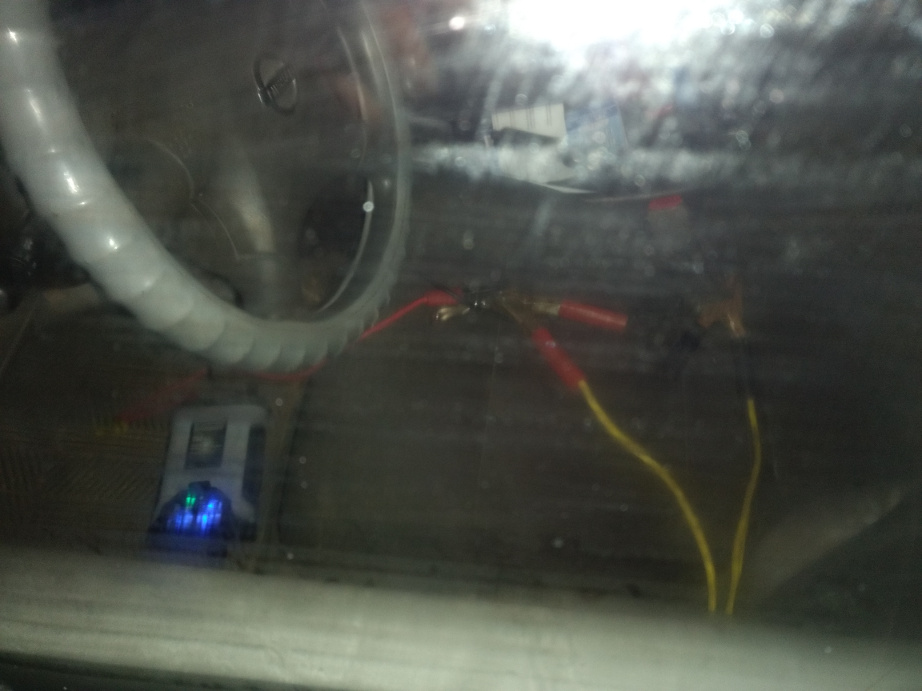
Once done, take an extension cord and run it from the car to the back of the trailer. Unplug the custom overkill ground adapter that I created (for good reason) from the underground hydro (power) line, and plug it into the extension cord, and Bob's your uncle! I have lights, a stereo, working WiFi in the trailer, my laptop, cell phone charger, etc.
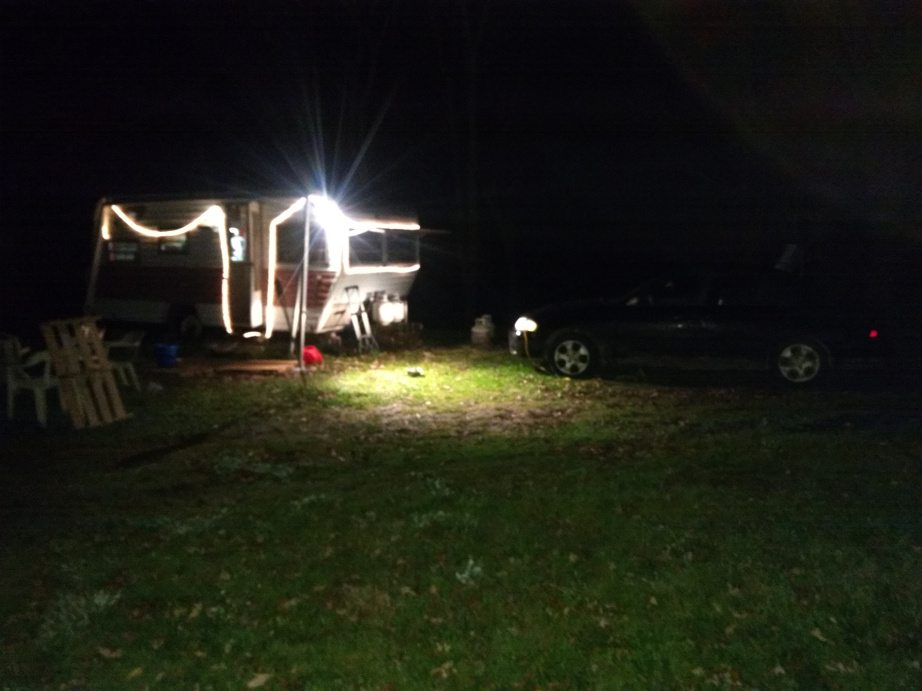
Lastly, I may not be able to run the electric heat on car power, BUT… I can power a fan no problem to circulate air, and I have a 100% MECHANICAL, match light PROPANE stove, and propane is conveniently pressure based, not electrical. Translation... I have fire and a fan, and they work quite well in lieu of electric heat to be able to keep the lights on, tunes boomin', and my internet streaming going so that I can keep partying Mamma Mia style....
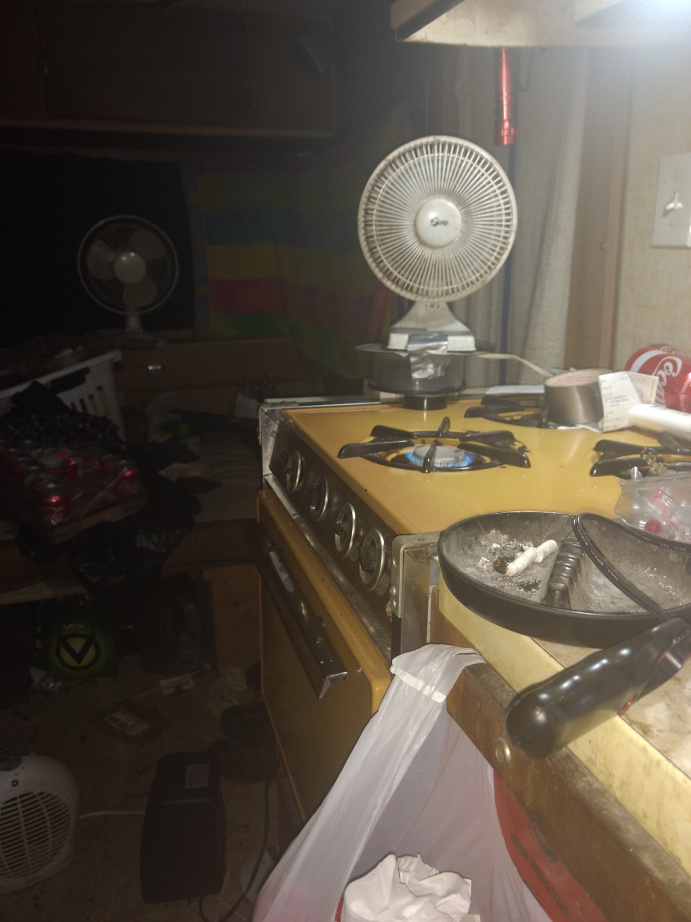
I am determined to survive the mother f :cens: ing zombie apocalypse in this trailer :lolp:
It's gonna take a little more than a power outage that historically, will last anywhere from 7.5 to 33.5 hours to keep me from making contact with the outside world in high speed from my trailer, in the middle of the bush, in the middle of nowhere. It's the middle of nowhere, where NOTHING ever happens… EVER!!! I'm too damn stubborn to head to "civilization" to stay warm and/or connected to the outside world, and my momma always taught me to be independent and resourceful. 






